Análisis comparativo de las propiedades del yeso dental tipo IV tradicional frente a mezclas con polímeros estireno-acrílicos en base acuosa
Resumen
En este estudio se evaluó el impacto de la incorporación de polímeros estireno-acrílicos en proporciones variables (12.5% y 25%) sobre propiedades de yesos dentales tipo IV, incluyendo expansión lineal de fraguado, dureza, resistencia flexural, y reproducción de detalles. Se siguió la normativa ISO 6873:2013, que dicta la forma de medir las propiedades de los yesos dentales. Resultados obtenidos: en cuanto a la Dureza si bien se observó un incremento numérico, no hubo diferencias estadísticamente significativas (P > 0.05); respecto a la Expansión lineal de fraguado, la adición de polímero redujo significativamente la expansión (P < 0.05), mejorando la estabilidad dimensional. Contrario a lo esperado, la Resistencia flexural en los grupos adicionados con el polímero, mostró una disminución significativa en comparación con el yeso tradicional (sin diferencias entre 12.5% y 25%). Finalmente, la Reproducción de detalles cumplió con estándares aceptables, sin cambios notables por el polímero. La adición de polímeros estireno-acrílicos mejora la estabilidad dimensional y muestra tendencias positivas en dureza y copia de detalles. Estos hallazgos sugieren un balance complejo entre beneficios y limitaciones, resaltando la necesidad de optimizar la formulación para lograr un equilibrio óptimo en las propiedades mecánicas y dimensionales del yeso dental tipo IV.
Descargas
Citas
ADA. (1975). American dental association specification No.25 (ADA), Guide to dental materials and devices. (7th edition,354. ed.). (ADA, Ed.)
ADA. (1976). Specification No. 19: American National Standard for Non-Aqueous, Elastomeric Dental Impression Materials.
Aghbolaghi N, M. D. (2022). Effect of Adding Silica Nanoparticles on the Physicochemical Properties, Antimicrobial Action, and the Hardness of Dental Stone Type 4. Int J Dent.
Akkus B, D. N. (2018). Compressive and diametral tensile strength of dental stones with SiO2 and Al2O3 nanoparticles. International Journal of Medical Science and Innovative Research, 3(5), 139-47.
Ali A, G. A. (2023). Comparative Evaluation of Compressive and Diametral Tensile Strength in Die Stone Reinforced With Different Types of Nanoparticles: An In Vitro Study. Cureus. doi:10.7759/cureus.41131
Aljafery, A. M. (2022). Studying the effect of using ultrasound vibration on the reproduction of detail and surface hardness of dental stone models. Nano Biomedicine and Engineering, 263-71. doi:10.5101/nbe.v14i3.
Aljubori OM, A. A.-M. (2020). Evaluation of the linear dimensional changes and hardness of gypsum product / stone type IV after adding silica nanoparticles. Nano Biomedicine and Engineering, 227-31. doi:10.5101/nbe.v12i3.
AlKahtani, R. (2018). The implications and applications of nanotechnology in dentistry: A review. Saudi Dental Journal, 107–116. doi:doi: 10.1016/j.sdentj.2018.01.002
Alvarez Cantoni H, F. N. (2002). Colección Fundamentos, Técnicas y Clínica en Rehabilitación Bucal. tomo 2: Prótesis Total removible . Buenos Aires : Hacheace.
Amer, N. T. (2018). The Effect of Adding Some Chemical Materials on The Water Powder Ratio of Dental stone. International Journal of Academic Health and Medical Research, 2(7).
Anusavice, K. P. (2004). In Anusavice, Ciencia de los materiales dentales (pp. 255-281). Madrid: Elsevier.
Azer SS, K. R. (2008). Effect of mixing methods on the physical properties of dental stones. J Dent, 9, 736-44. doi: 10.1016/j.jdent.2008.05.010
Charfeddine, I. J.-C. (2020). A model for the prediction of the morphology of immiscible blends of polymers. doi:10.1016/j.polymer.2020.122334
Craig, O. P. (1996). Materiales dentales en odontología restauradora. Madrid: Mosby.
Craig, R. (1996). Materiales dentales. Propiedades y manipulación. (6a ed.). Harcourt Brace de Espana.
Cruzado-Oliva, F., & al., F.-V. e. (2023). In vitro analysis of high resistance and low expansion dental plasters available in Peru. Odontología Sanmarquina. doi:10.15381/os.v26i3.25460
De Cesero L, d. O. (2017). The addition of silica nanoparticles on the mechanical properties of dental stone. J Prosthet Dent., 535-39.
Fried, J. (2014). Polymer Science and Technology. Pearson Education.
García, M. A. (2012). Physical and Mechanical Properties of Polymeric Films Based on Acrylic Emulsions. Materials Science Forum, 698.
Ghadeer, F. (2024). Evaluation Effect of Oyster Shell Powder on The Surface Hardness and Compressive Strength of Dental Stone. Tikrit Journal for Dental Sciences 2024, 12(2), 338-344. doi:10.25130
Hamdy, T. (2019). Effect of aluminum oxide addition on compressive strength, microhardness and setting expansion of dental plaster. International Journal of Advanced Research.
Hamdy, T. (2020). Reinforced dental plaster with low setting expansion and enhanced microhardness. 44-78.
Hersek N, C. S. (2002). Tensile strength of type IV dental stones dried in a microwave oven. J Prosthet Dent., 499-502.
Heshmati RH, N. W. (2002). Delayed linear expansion of improved dental stone. J Prosthet Dent.
ISO, I. O. (2013). Normativas ISO 6873.
Jabeen B, M. Z. (2025). Comparison of Chlorhexidine Gluconate, Sodium Hypochlorite, Neem Extract, and Microwave Radiation for Disinfection of Type IV Dental Stone. Eur J Dent, 19(2).
Kenyon BJ, H. M. (2005). Dimensional accuracy of 7 die materials. J Prosthodont. . J Prosthodont. , 14(1).
Khaza'l AS, A.-N. A. (2019). Compressive Strength of Type IV Dental Stone with Ag Nanoparticles. Al–Rafidain Dent J. , 19(1).
Kumararama SS, C. R. (2016). Evaluation of Linear Dimensional changes of Investment Material. Int J Prosthodont Restor Dent.
Macchi, R. (2007). Materiales Dentales. In 4. Edición. (Ed.). Madrid: Médica Panamericana.
Queiroz M, P. J. (2021). Evaluation of the Physical-Mechanical Properties of Type IV Gypsum. Journal of Health Sciences, 23((1)).
Radesh P, R. Y. (2024). The Effect of Adding Silica Nanoparticles on the Compressive Strength and the Dimensional Accuracy of Type IV Dental Stone. Open Dentistry Jpurnal.
Razak WA, Y. I. (2017). Effect of adding some additives and drying method on compressive strength of gypsum products. Tikrit Journal for Dental Sciences.
Rodríguez. (2018). Retrieved 2024, from FOUBA Digital: https://repositorio.odontologia.uba.ar/items/show/978.
Rodriguez JM, C. R. (2009). Rodriguez JM, Curtis RV, Bartlett DW. Surface roughness of impression materials and dental stones scanned by non-contacting laser profilometry. . Dent Mater, 29.
Rodriguez, D. R. (2010). Use of Polymer Emulsions in Cementitious Systems: Effects on Mechanical and Microstructural Properties. Materials Research, 187-92.
Saja K Othman, A. R. (2023). Suitability of Dental Stone Preparation Using Local Gypsum and Sodium Chloride. Iraqi Geological Journal, 175-80.
Sannigrahi R, U. M. (2023). Analysing the effect of addition of silica nanoparticles on mechanical properties of dental stone and die stone: An in-vitro study. J Prosthodontics Dentistry. Retrieved from Website:http://heb-nic.in/jopd
Sharma, A. &. (2015). Acrylic Polymers in the Modification of Inorganic Binders: A Review. Construction and Building Materials, 453–62.
Subhan R, P. K. (2016). the Effect of Diverse Water Type on the Water Powder Ratio of Various Dental. Pakistan Oral Dent Journal, 331-35.
Ukhanov M, R. A. (2010). The materials used for the production of sectional dental cast models (literature review). [Article in Russian]. Retrieved from https://www.researchgate.net/publication/276020664: https://www.researchgate.net/publication/276020664_The_materials_used_for_the_production_of_sectional_dental_cast_models_literature_review_Article_in_Russian
Vega del Barrio, J. (1996). Materiales en odontología. Fundamentos biológicos, clínicos, biofisicos y fisicoquimicos. Madrid: Avances.
Whip-mix. (2024). Retrieved setiembre 2025, from https://whipmix.com/wp-content/uploads/2024/09/Gypsum-Product-Guide.pdf: https://whipmix.com/wp-content/uploads/2024/09/Gypsum-Product-Guide.pdf
Zelezinska K, N. M. (2018). The influence of storage conditions on the physicochemical properties and dimensional accuracy of the alginate impressions. . JAMME, 68-76.
Sánchez Sánchez, J. E., & Fernández Paradas, A. R. (2025). Análisis de Estrategias Didácticas Implementadas para el Desarrollo de Competencias Textuales en Estudiantes de Secundaria. Ciencia Y Reflexión, 4(2), 2384–2411. https://doi.org/10.70747/cr.v4i2.497
Alcántara , R. L. (2025). Acompañamiento Pedagógico Estrategia Colaborativa. Ciencia Latina Revista Científica Multidisciplinar, 9(3), 7881-7886. https://doi.org/10.37811/cl_rcm.v9i3.18412
Agila Mocha, R. J., Vivanco Ureña, C. I., León Bravo, F. E., & Reyes Carrión , J. P. (2025). Software Educativos para el Proceso de Enseñanza Aprendizaje de Matemáticas en Bachillerato. Ciencia Y Reflexión, 4(2), 1341–1369. https://doi.org/10.70747/cr.v4i2.334
Chen Shih , J. (2025). Relación entre inteligencia emocional y rendimiento académico en estudiantes de nivel superior de Arequipa en la postpandemia . Ciencia Y Reflexión, 4(2), 648–667. https://doi.org/10.70747/cr.v4i2.299
Quelal Morejón , C. E., Rogel Calderón , A. S., Loaiza Dávila , L. E., & Maqueira Caraballo, G. D. L. C. (2025). Los juegos predeportivos: una alternativa para la inclusión de estudiantes con Trastorno del Espectro Autista (TEA) a la clase de Educación Física. Arandu UTIC, 12(2), 2169–2189. https://doi.org/10.69639/arandu.v12i2.1055
Guadalupe Beltrán , E. S., Palomeque Zambrano, J. Y., & Loor Avila, B. A. (2025). Desafíos de la Educación Superior en Contextos Híbridos: Análisis de las Prácticas Docentes en la Universidad Estatal de Milagro durante el Periodo Académico 2025. Revista Veritas De Difusão Científica, 6(2), 1259–1281. https://doi.org/10.61616/rvdc.v6i2.685
Lozano Flores, L. D. (2025). Gamificación en el aprendizaje de unidades de tiempo: el caso de Sims 4. Emergentes - Revista Científica, 5(2), 68–86. https://doi.org/10.60112/erc.v5.i1.373
Velásquez Torres, A. O., González Bautista, G., Neira Vera , M., & García Montañez , A. M. (2025). Formación Docente en la Resolución Pacífica de Conflictos: Diagnóstico de una Necesidad Curricular en Colombia. Estudios Y Perspectivas Revista Científica Y Académica , 5(2), 2936–2952. https://doi.org/10.61384/r.c.a.v5i2.1329
Duarte Gahona, Y. K. (2025). Aplicación de la Inteligencia Artificial en la Personalización del Aprendizaje para Estudiantes con Necesidades Educativas Especiales . Revista Científica De Salud Y Desarrollo Humano , 6(2), 33–53. https://doi.org/10.61368/r.s.d.h.v6i2.575
Derechos de autor 2025 Verónica Villegas Crespo , Juan Carlos Albera

Esta obra está bajo licencia internacional Creative Commons Reconocimiento 4.0.

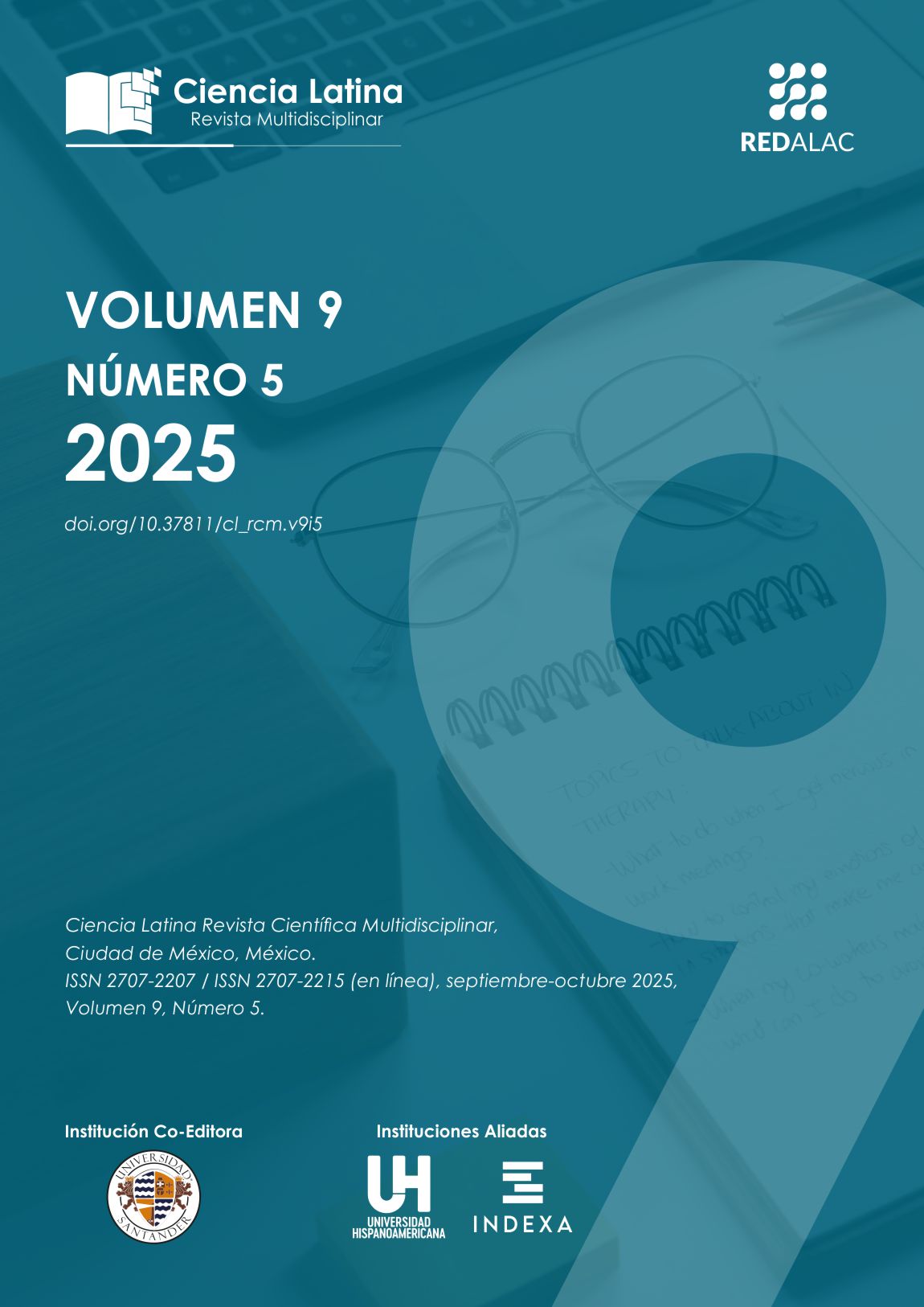








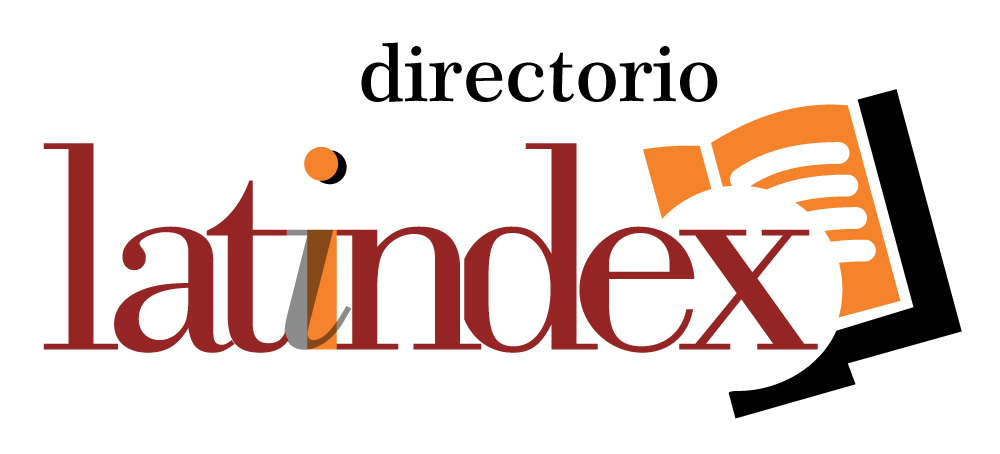
.png)
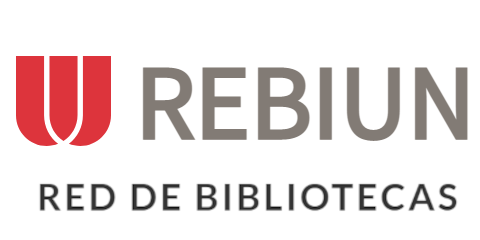







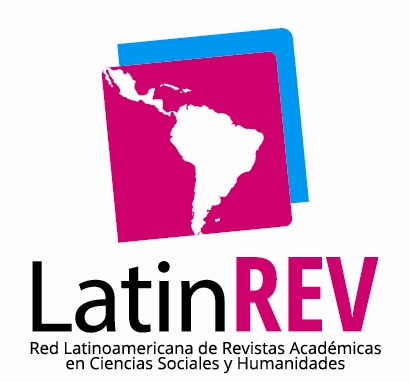

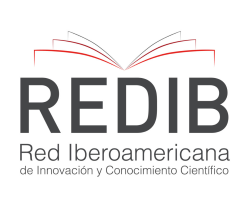









.png)
1.png)


